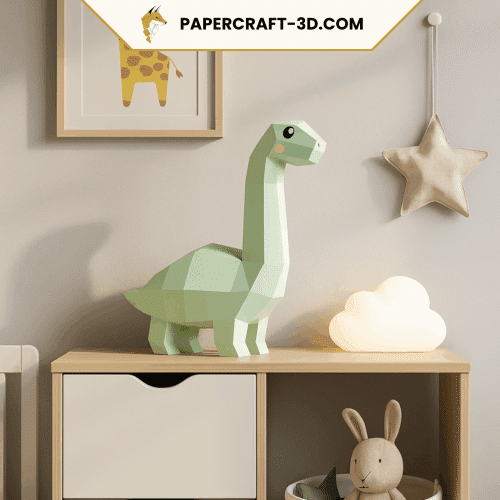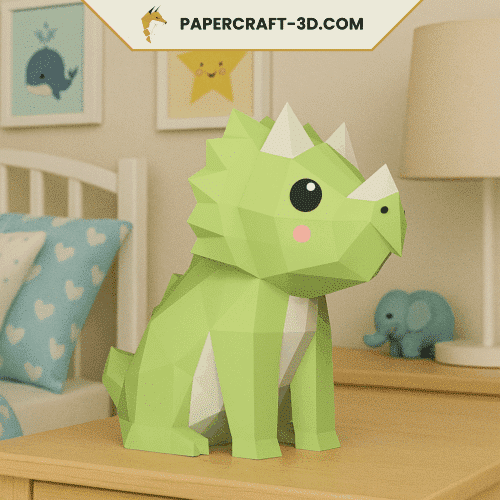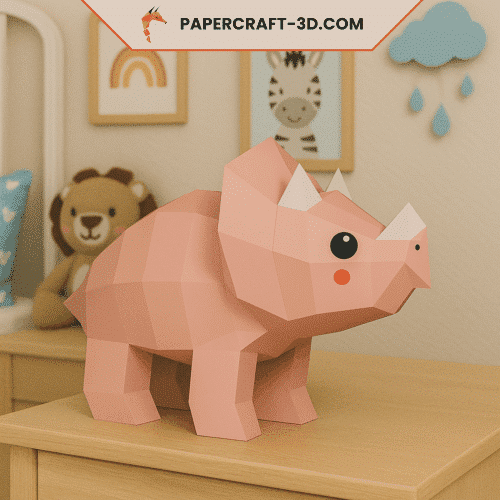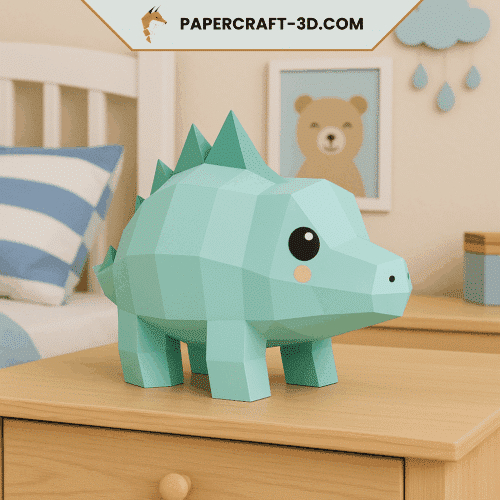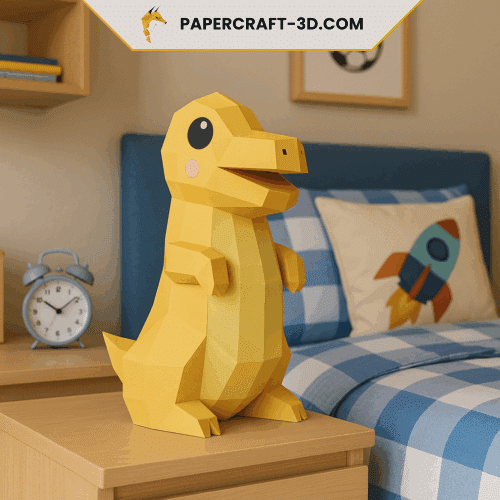Interior design has undergone a veritable revolution in recent years. In 2024, the Japanese style craze grew by 20%, with a strong demand for uncluttered, soothing living spaces. Japanese minimalism and traditional craftsmanship are two major trends that have taken the world of interior design by storm. Both offer a unique, authentic and sophisticated style. Are you ready to discover how to incorporate these trends into your home?
| Key points to remember |
|---|
| Japanese minimalism is more than just an aesthetic style; it’s a philosophy that profoundly influences the living space. |
| Japanese craftsmanship is distinguished by its attention to naturalness and quality, adding a touch of authenticity to any space. |
Japanese minimalism
If we had to choose one word to describe Japanese interior design, it would probably be minimalism. But what does it really mean? Japanese minimalism is much more than just a decorating style. It’s a true philosophy of life that values simplicity and functionality.
The living space is transformed into a haven of peace, where every object has its place and purpose. This style emphasizes clean lines, neutral colors and natural light. Not only does it create an aesthetically pleasing interior, it also enhances our quality of life by creating a serene, soothing environment.
“Japanese minimalism isn’t just about having fewer things. It’s mostly about having only the things that matter.” – Fumio Sasaki, Japanese minimalism expert.
The principles of Japanese minimalism
In Japanese minimalism, every element has its own importance. Empty spaces are not seen as useless areas to be filled, but as breathing spaces that contribute to the overall balance of the room. Natural materials such as wood are favored for their ability to create a warm, welcoming atmosphere.
- Simplicity: Choose simple, functional furniture.
- Space: Leave enough free space to allow energy to circulate.
- Natural: Use natural materials to create a warm ambience.
How to incorporate Japanese minimalism into your interior design
To incorporate Japanese minimalism into your interior design, start by sorting through your belongings. Keep only what’s really necessary or important to you. Next, optimize your space by choosing functional, compact furniture. Choose natural materials such as wood or bamboo for your furniture and decorative accessories.
Choose neutral colors for your walls and floors to create a calm, relaxing atmosphere. Finally, don’t forget the lighting! Good lighting can completely change the mood of a room. Prefer natural light sources and, if that’s not possible, opt for soft-light lamps.
Japanese craftsmanship in decoration
Delving into the heart ofJapanese craftsmanship reveals a rich and varied universe, where each object tells a story. When it comes to interior design, these handcrafted pieces bring a touch of authenticity and naturalness that is much sought-after.
Popular Japanese decorative crafts
Ceramics, weaving, washi paper or woven bamboo, the materials and techniques are as diverse as they are varied. One of the great strengths of Japanese craftsmanship lies in its ability to sublimate the raw material, to extract all its intrinsic beauty. It is this respect for the material that gives these objects their unique character and exceptional quality.
| Type of craft | Description | Interior decoration |
|---|---|---|
| Japanese ceramics (Yakimono) | Made from fired clay, they are distinguished by their pure shapes and soft colors. | Vases, bowls, decorative plates. |
| Weaving (Nishijin-ori) | Ancestral craft based on complex weaving of colored threads to create detailed patterns. | Tablecloths, cushions, curtains. |
| Washi paper (Washi) | Made from plant fibers, it’s appreciated for its strength and textured appearance. | Lamps, screens, paintings. |
How to choose and position Japanese handicrafts in your home?
Entering the world of Japanese craftsmanship can seem intimidating at first. How do you choose the right object? Where to place it so that it blends harmoniously with your existing décor? The answer often lies in simplicity. Choose pieces that speak to you personally, that evoke an emotion in you. In terms of placement, follow the principles of minimalism: less is more. A single, well-placed object will have more impact than several, thoughtlessly scattered elements.
- Select objects that match your personal taste and the mood you want to create.
- Position these objects so as to highlight their singular beauty, without drowning them in a multitude of other decorative elements.
Japanese craftsmanship has the power to bring a touch of serenity and naturalness to your home. It bridges the gap between modern aesthetics and tradition, between man and nature. By integrating these elements into your decor, you invite not only beauty, but a whole philosophy of life into your home.
Combining minimalism and craftsmanship
In the world of Japanese decoration, minimalism andcraftsmanship are two inseparable concepts. They coexist harmoniously to create spaces that are both soothing and aesthetically pleasing. The secret lies in balance: how to marry these two elements while maintaining a serene atmosphere and appealing visual appeal? Here are a few ideas.
Mistakes to avoid when combining minimalism and craftsmanship
When you start incorporating minimalism and craftsmanship into your interior design, there are a few common pitfalls to avoid. One of the most common mistakes is overloading your space. Remember that minimalism values free space, so don’t let your handcrafted objects take over. Likewise, remember that every object must have a function or provide aesthetic value – otherwise, it may simply clutter up your space.
- Don’t accumulate too many handicrafts.
- Keep enough free space to respect the principles of minimalism.
- Each object must have a function or aesthetic value.
Inspiration for combining minimalism and craftsmanship
For a successful fusion of minimalism and Japanese craftsmanship, take inspiration from the masters of the genre. Japanese designers have created interiors where every object has its place, without ever giving the impression of emptiness. Natural materials such as wood and stone can be combined with delicate handicrafts to add a warm touch to an otherwise uncluttered design.
Now that you’ve explored current trends in Japanese decor, let’s dive into the possibilities offered by our Papercraft-3D.com store. Here you’ll find a wide selection of origami and 3D papercraft that will enhance your interior while respecting the principles of Japanese minimalism.
Enhance your home with Papercraft-3D.com
Seduced by the charm of Japanese minimalism and craftsmanship? Papercraft-3D.com is here to help you turn your desires into reality. Specializing in origami and 3D papercraft, our store offers a variety of authentic creations to enhance your space. Each carefully crafted piece embodies the essence of Japanese culture. Imagine a graceful origami on your coffee table or a sophisticated 3D papercraft on your bookshelf. Wouldn’t this be an elegant way to add a Japanese touch to your home decor? Go ahead, let yourself be tempted!
What is Japanese minimalism?

How are Japanese crafts used in decoration?
How can I combine minimalism and craftsmanship in my interior design?







